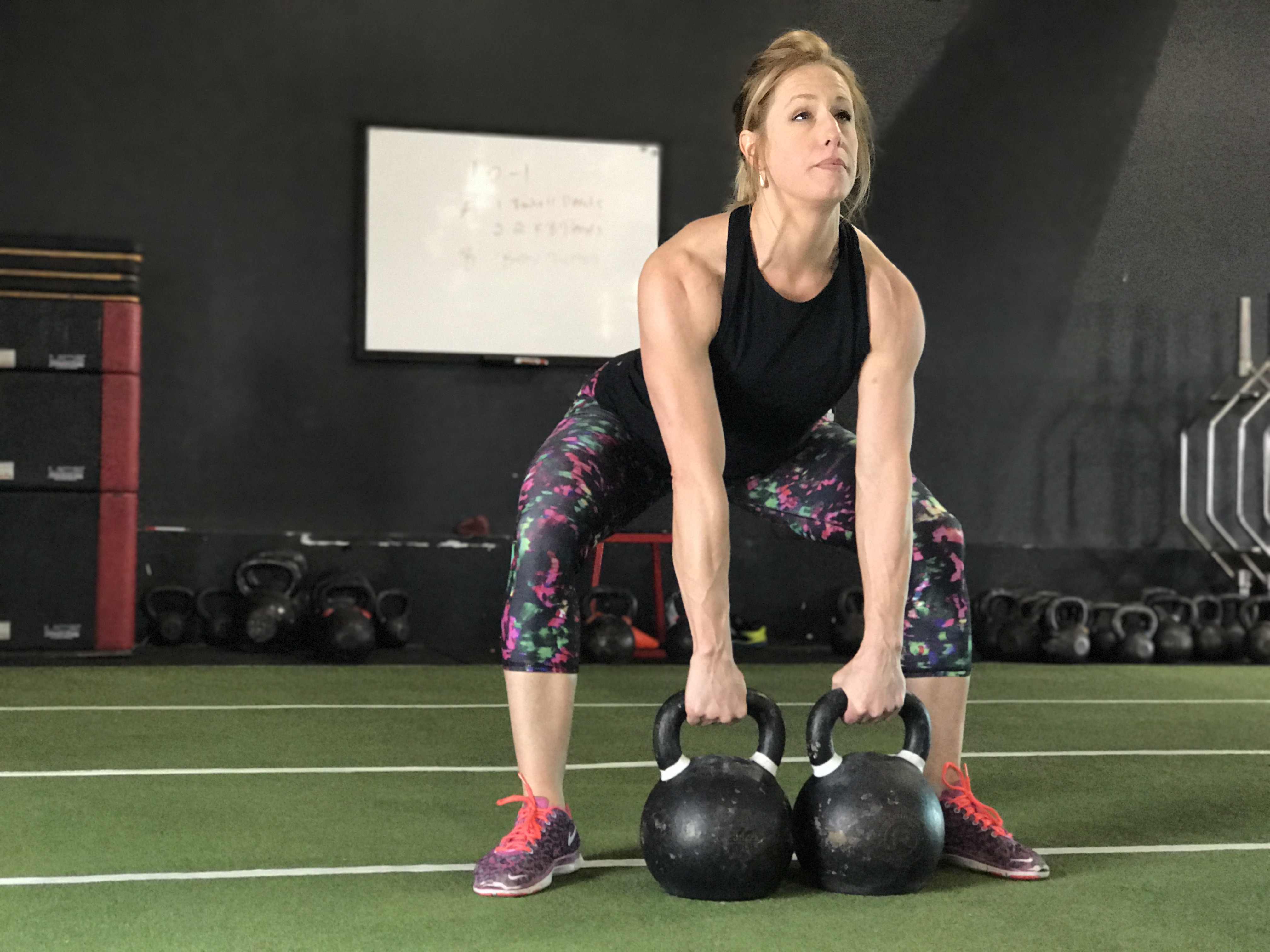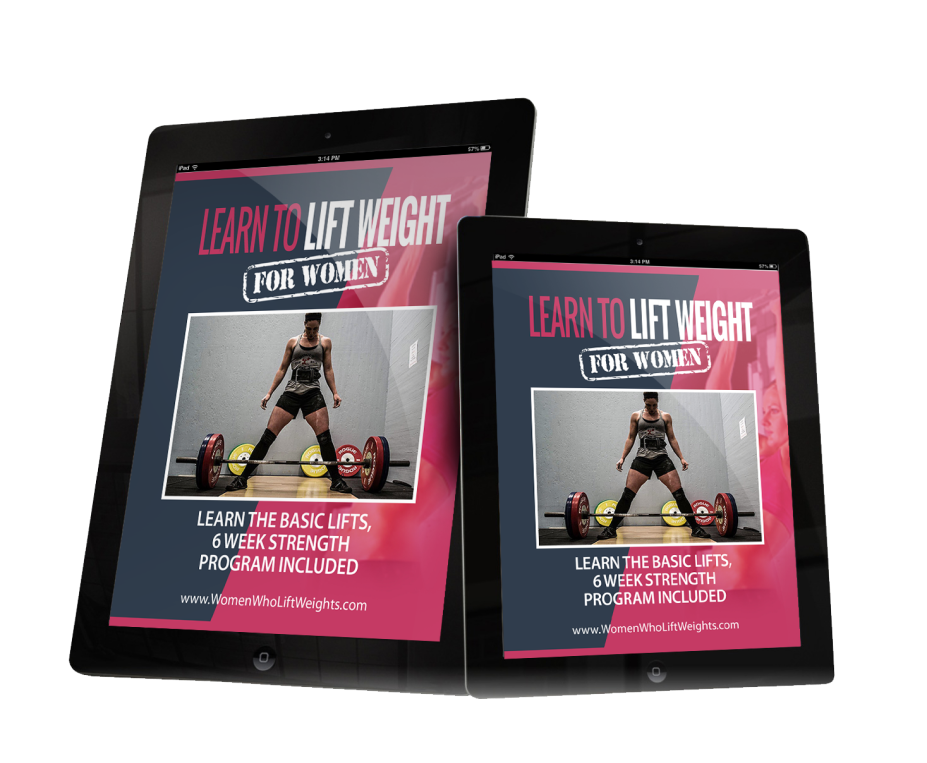The Kettlebell Swing For Power Athletes
By Mark Reifkind
Master Instructor StrongFirst
Owner GiryaStrength.com
I have a lot of experience training female athletes. I started as a team gymnastics coach working with both novice athletes as well as Olympians for over 6 years. I then moved into the bodybuilding world and had the honor to coach Sue Ann McKean from her beginnings to numerous appearances on the Ms Olympia stage.
After bodybuilding for over 8 years I moved into competitive powerlifting; both as a competitor and as coach of Catherine Kelii,a 40 year old, 56kg competitor. We were able to rise to top three in the IPF open world championships three times as well as squat and deadlift 182.5 kg and bench 102.5 kg again at 56 kg and lifetime drug free. I was also honored to be named Head Coach for the 1995 Women’s IPF USA World Team as well as Head Coach for the IPF Women’s for the first ever Pan Am IPF Powerlifting Championships in 2000. I competed and coached for 13 years and totalled 1485 at 82.5 kg and 42 years old, drug free. Just 15 lbs shy of an Elite Total.
So I am very big fan of strength training for women as well as strong women in general
And, after 45 years in the world of competitive athletics and coaching I have never found an exercise as powerful and important for the powerlifter as the hardstyle kettlebell swing, both with one arm and two handed version.
“Hardstyle Kettlebell Training”, coined by Pavel Tsatsouline ( the man who brought kettlebell training back to the US in 1998) simply means using maximum acceleration on the ballistic lifts (swing, snatch, clean) and maximum tension on the grind lifts ( squat, press ) .

I was also lucky enough to study under the tutelage of Louie Simmons of Westside Barbell for almost five years. This considered of almost weekly phone calls regarding techniques, methods, exercise selections and everything strength related. My gym, World Gym Campbell Ca. , was the first ( and probably only ) facility to bring Louie out for a full day seminar in 1995.

This is how I got exposed to the hip dominant squat as well as the various special exercises used to strengthen and develop that area; wide stance box squats, arched back power good mornings, cable pull throughs, reverse hypers and sled dragging. At that time ( 1995) the kettlebell had not yet arrived on the scene. That wouldn’t be until 1998 when Pavel’s article “Vodka, picklejuice, kettlebell lifting and other Russian pastimes” appeared in the 1998 Milo magazine, along with my article “ Stones in the afternoon” which was about the beauty and simplicity of stone lifting.
But the mechanics of the power good morning and the cable pull throughs would later reveal themselves to be almost identical to the kettlebell swing.
When I finally got my hands on a kettlebell in 2001 the first thing I thought was “ this is just a dynamic power good morning!” And I was right. The mechanics, basic ROM and the dominant muscles engaged mimic that fantastic squat/deadlift assistance movement perfectly.
The forces one can generate with the kb swing make the good morning pale in comparison.
Since Force= Mass X Acceleration the fact that the swing is a powerful ballistic movement by focusing on using relatively light weights are increasing your Rate of Force Development you get force numbers that are off the chart. Especially not when one considers safety and ease of use.
Plus the sheer amount of Work , in a physics sense ( W=Mass X Distance) that you can do is just the thing to safely and easily build work capacity and functional reserves.
Here’s a short video I did on the proper way to hip hinge in the kb swing
Force plate studies done with Pavel showed him generating 10 X the face value weight of the bell on each rep. With a 24 kg bell ( 53 lbs) he was creating 530 lbs of force on EACH REP.
For a set of 10 that 5,300 lbs of work! The metric used was 30% of max loads to create maximum power output. Even if one is only getting 5 X the face value that’s a huge number!
That turns 200 swings with a 36 lb bell ( 7200 lbs on face value) into 36,000 lbs of work
And that’s very accessible to almost all, especially any kind of strength athlete.
To put that in perspective you would have to squat 300 lbs 24 times to get 7200 lbs of work. How feasible is that, for most?
But it’s easily accomplished by even the most raw newbie in short order. This is why one gets in shape so quickly using the kb swing and volume work as a base. You are just able to do so much sheer work, in such a short period of time, while simultaneously working power, strength, building muscle, balance and some serious midsection work. Yes kettlebell swings work your abs. Hard. And one arm swings really take challenge them in a very unique, anti-rotational way. It takes a lot of core strength to keep your body centered as you produce high force levels with a weight in just one hand
An even more specific kettlebell swing drill is the dead-stop swing, or the “Rif” swing, as Pavel called it. This is KB equivalent of the box squat. By stopping each swing rep on the floor between reps all the stretch reflex is taken out of the movement; just as sitting on a box does in the squat.
And just as the box squat stimulates much more starting stretch so does the dead stop swing.This requires about 30% more energy to do each rep and really teaches how to accelerate the hips as well as building static strength in the hip hinge position .
Here’s an article about the Rif Swing and how it came about
https://www.strongfirst.com/origins-of-the-dead-swing/
The best part of the kb swing for a power athlete is that it targets the hips, hamstrings, spinal erectors in very much the same pattern as the deadlift ( either conventional or sumo) and the hip dominant wider stance squat do. It’s one of the best assistance exercises there is. Plus, you can tailor it for conditioning ( lighter weight longer sets and or shorter rest periods), power ( medium weights, lower reps with an emphasis on acceleration, strength ( heavier weight low reps and long rest periods) or any combination of the above.
Another fantastic variation, especially for sumo deadlifters and squatters, are double kettlebell swings. This variation can be tough for the shorter leg lifter ( of any height ), especially as the bells get heavier but that is also part of the training. Having to adapt to a wider stance than your competitive stance will just make your regular stance stronger. One of my favorite sayings is “train your weaknesses but compete your strengths”. Louie always taught to pay special attention to your weakness; whether that was a muscle group, stance or style.Bring up your weak point and your strong points will get stronger as well.
Most hate to train their weak points, this is a huge mistake on many levels. It’s the only way to get better over the long haul.Some readers at this point might be saying “ what about snatches and cleans as well as swings?” Those ballistic exercises are fantastic and bring all kinds of benefits with them as well. But, they have a much steeper learning curve and don’t allow quite the variation in loads that the basic swings do. If they work for you, excellent, but the power athlete can thrive quite well on just the basic kettlebell swing.
Remember, this is an assistance/special exercise for you, not the main course.
Swings are also very easy on the body. Physical Therapist Charlie Weingroff ( himself a former competitive powerlifter) writes about the concept of ‘lowest system load”; the essence of which is why use 800 lbs on an exercise when you can achieve the same with 50 lbs? Force is force and being able to achieve 4x bodyweight force with a medium size kettlebell will pay big dividends and be much kinder to your spine then max weight lockouts or overload squats
The one arm swing in particular has specific restorative /stabilizing powers for many as when you are doing swings one arm at a time one side is working while the other is stabilizing. Many find if very challenging to stay square and neutral while doing it but in the process of training it you will find your back stabilization getting seriously strong.
There are more than a few ways to program the swing into your power routine. The simplest and most obvious is to put them after your main lift. I would suggest varying the type of swings. For instance, after your squat workout use the one arm swing to increase stability and anti rotational strength. Choose your sets and reps according to your goals but 5 sets of 8-10 reps per arm is a good starting place. Use the same weight for all the sets and reps and when it starts to feel easy go to the next size bell.
After deadlifts use the two handed swing to focus on stretch reflex ( missing in the deadlift ) and max power acceleration. This would require a slightly lighter bell ( 30 % of max bell weight capacity is a good starting point) and 5 sets of just 10 reps to keep rate of force development very high. Rest 2 min between sets to ensure maximum power output on each set.
If you wish you could add in dead stop swings on a active recovery day OR bench day. This will build static strength in the hip hinge position and develop speed strength and rate of force development. 3-5 sets of 3-5 reps here with a medium size bell that challenges your strength but you can still accelerate maximally. 3 min rest between sets here and you will need it. These are much tougher than they seem.But these are just suggestions. Experiment and find out which variation and programming work for you. After my back injury I found the only variation that worked for me were single arm swings. Symmetrical versions such as the two hand swing overloaded my body too evenly and my back didn’t like it. But I could do one arm work with impunity.
Find out what works for YOU.
Here’s an article I wrote on how to program the progressions. This can be used with barbells, kettlebells, dumbells or bodyweight exercises and virtually any set/rep scheme. I’ve used it for over four years on my standing press bringing it from 90 lbs to 195 lbs for a max single, as well as building up my five minute swing test from 32 kg for 100 one arm swings in five minutes to the 48 kg for 100 in five ( 10 swings every 15 seconds with a 15 second rest in between )
https://www.strongfirst.com/triple-progression-system-explaihttps://www.strongfirst.com/triple-progression-system-explained/ ned/
This is not to say that arched back power good mornings, cable pull throughs or reverse hypers still don’t have their place in your special exercise tool box, they do. But kettlebell swings and all their variations deserve a permanent place in their as well
And remember that increasing work capacity and total body reserves is crucial even if your sport only involves three big single attempts. The bigger the base the taller the peak can be.
One very important component of KB swing training is learning how to create maximum force through maximum acceleration. Force equals mass ( the weight) multiplied by acceleration ( the change in the rate of velocity, or speed). This could be one of the most important lessons I got from my years of training Westside style.
Training on the classic lifts was broken up into a ‘speed’ ( or acceleration) day and a max effort (or force).
One thing that became very clear very, fast from classic linear progression training was that unless one trained to keep their speed intact, a steady diet of heavy, heavy heavier always resulted in the athlete moving the bar slower. At some point even the light lifts moved slowly and this is the death knell for a powerlifter
Keeping your speed intact through kb swing training will go a long way to maintaining your power output in the squat and deadlift patterns even if you don’t have a specific ‘dynamic speed’ workout on the plan.Learn to swing a bell hardstyle and keep it in your training schedule in some way.
Your squat, deadlift and total will thank you.
Mark Reifkind is a Master Strong First Instructor and owner of Owner GiryaStrength.com







